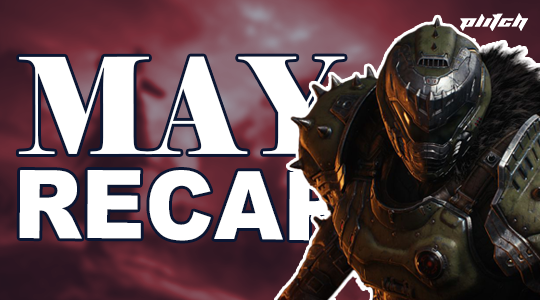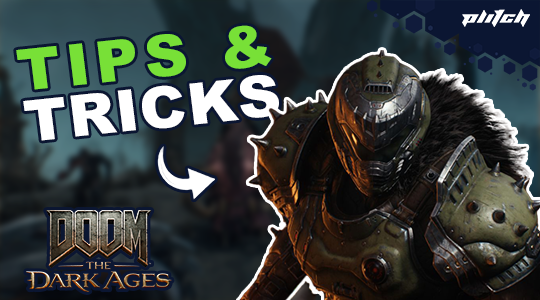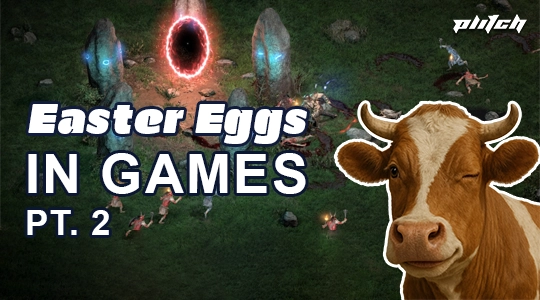DOOM has left an indelible mark on gaming since its 1993 debut as a pixelated demon-slaying frenzy, evolving into a sleek, lore-rich action spectacle. Its influence continues to resonate across genres, and its community remains fiercely active, with its iconic marine ripping and tearing through anything hell throws his way. Let’s dive into the history of DOOM and explore its origins!
Table of Contents
The History of DOOM: The Early Days
In December 1993, a game was released that practically invented a genre and shook the entire gaming industry. That game was DOOM, a first-person shooter forged in the chaotic, creative furnace of id Software, by a team of rockstar developers: John Carmack, John Romero, Adrian Carmack, Kevin Cloud, and Tom Hall.
From Dungeons and Demons to Digital Carnage
Its origins trace back to late 1992, shortly after id Software achieved significant success with Wolfenstein 3D. While Wolfenstein laid the foundation for FPS gameplay, the team wanted to go bigger, faster, and bloodier.
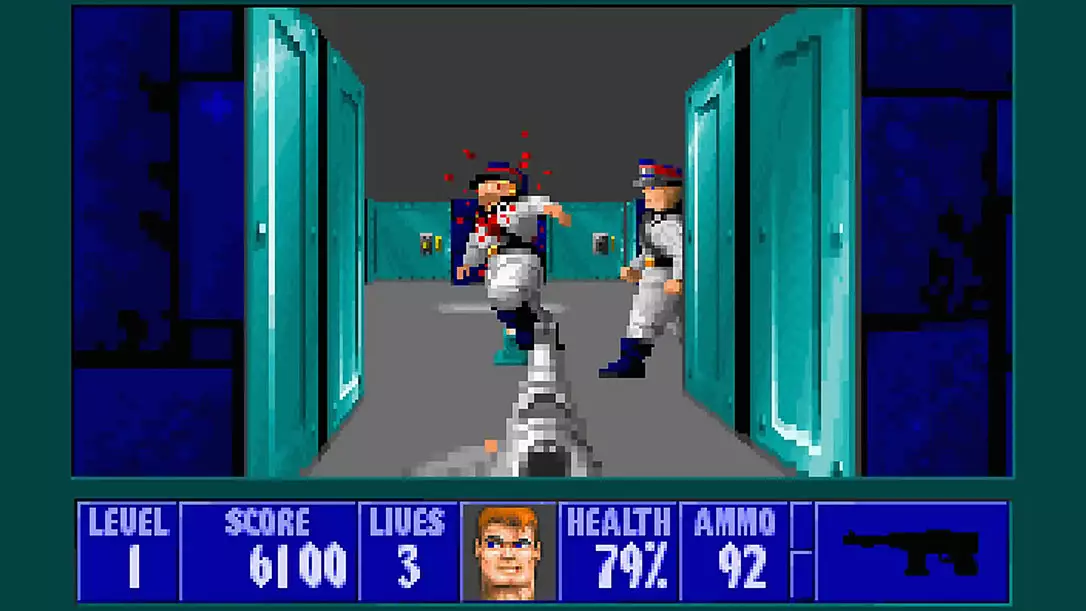
Inspired by sci-fi classics like Aliens, horror cult hits like Evil Dead II, and even their own Dungeons & Dragons campaigns, they envisioned a game in which you would fight the forces of Hell with futuristic firepower. It was bold, it was gritty, and it had a working title of… Green and Pissed. Thankfully, they settled on something more iconic. The name came from a line in The Color of Money, when Tom Cruise dramatically answers, “Doom,” after being asked what’s in his pool cue case.
Meet the Doomguy
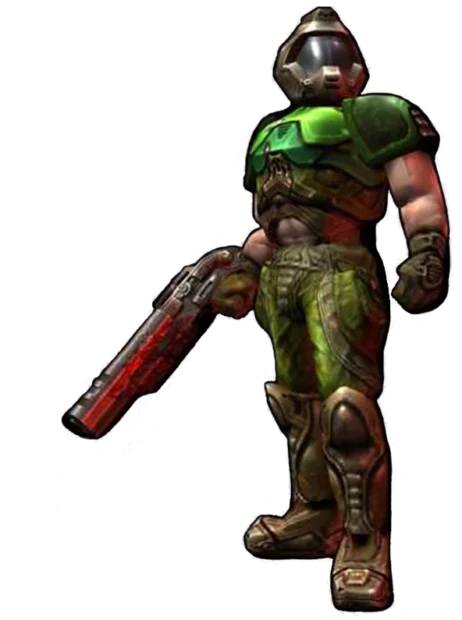
You stepped into the combat boots of a nameless space marine—eventually dubbed Doomguy by fans—tasked with surviving a demonic invasion on Mars’ moons. He wasn’t much of a talker or a cinematic hero. Instead, he was a silent, unstoppable force of destruction.
Breaking New Ground with Brutal Style
What made this FPS a phenomenon wasn’t just its subject matter but the tech behind it. Built on a cutting-edge engine developed by John Carmack, the game featured never-before-seen 3D environments, dynamic lighting, textured surfaces, and multi-level maps that felt like real, explorable spaces (even though the game wasn’t technically “true 3D”). Add in stereo sound, networked multiplayer (via LAN), and the ability for players to create and share their own levels using the WAD file format, and you had a game that felt like it came from the future.
Drama, Demons, and Development
Behind the scenes, development was just as intense as the game itself. Designer Tom Hall originally drafted an elaborate design document dubbed the DOOM Bible, which outlined a deep story, multiple playable characters, and complex world-building.
However, that vision clashed with John Carmack’s “gameplay-first” philosophy. Ultimately, most of Hall’s ideas were scrapped, leading to his departure mid-development. He was replaced by Sandy Petersen, who helped finalize the game’s now-legendary level design alongside Romero.
Meanwhile, the art team creatively brought the monsters to life by building clay models and digitizing them into the game. Additionally, Bobby Prince composed a heavy metal-inspired soundtrack that kept players’ adrenaline pumping as they blasted their way through hellish corridors.
A Game-Changer Is Born
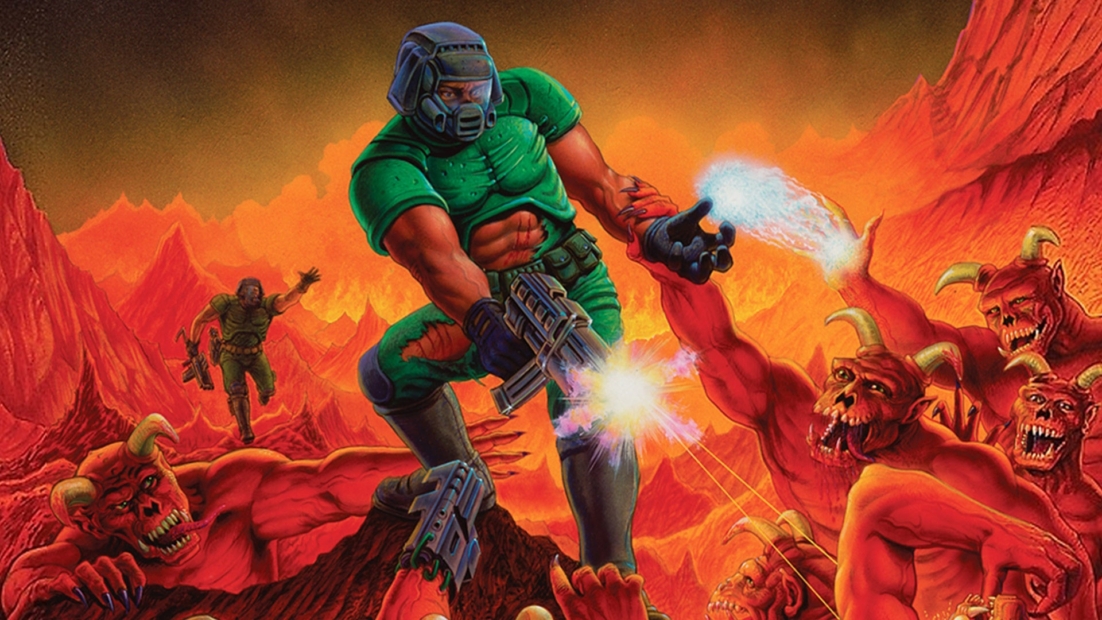
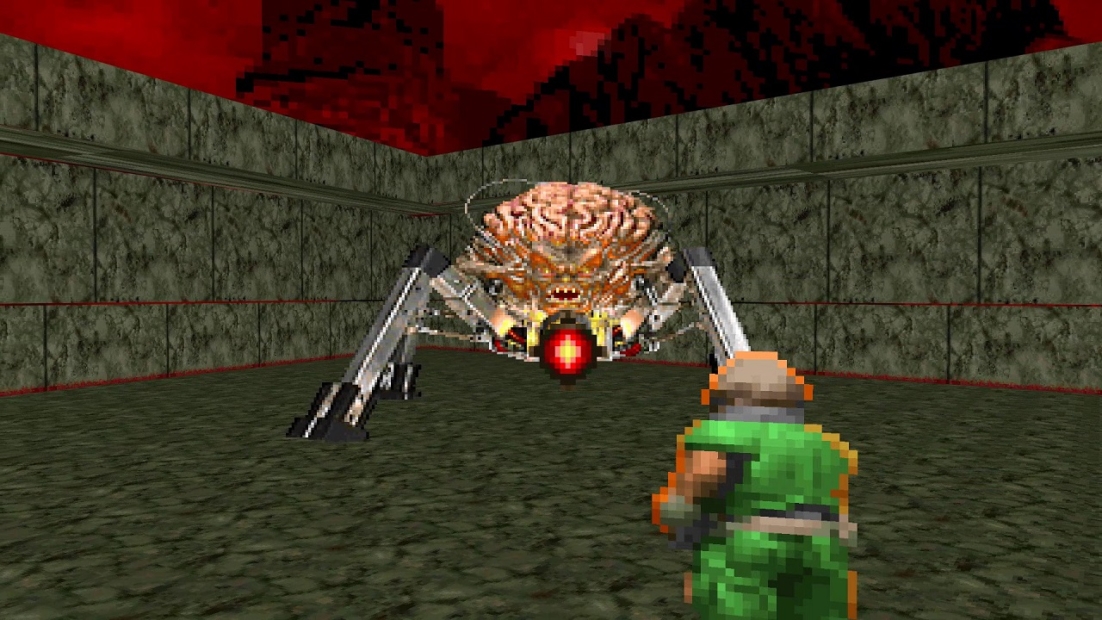
When the game finally launched on December 10, 1993, it was unlike anything gamers had seen before. The impact was immediate and explosive. The term “DOOM clone” became shorthand for the new wave of FPS games that followed. However, while many tried to imitate, none could match the raw energy and innovation of the original.
Expanding the Franchise and Shaping the Future of FPS
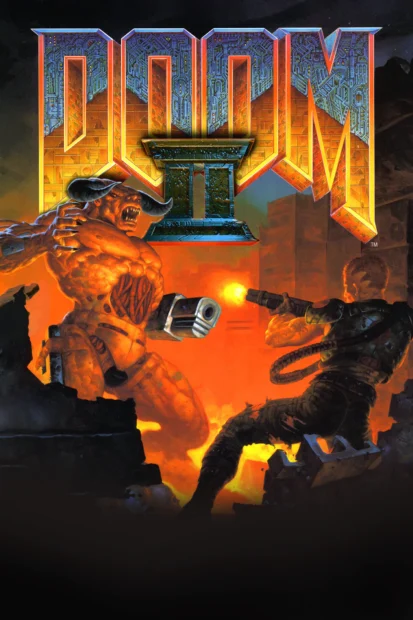
Following the success of the first game, id Software didn’t waste any time. In 1994, they released DOOM II: Hell on Earth. It wasn’t a drastic overhaul—graphically or technically—but it introduced more elaborate level design, tougher enemies, and a devastating new weapon: the Super Shotgun. The following year brought Master Levels for DOOM II, a level pack that further expanded the game. Around the same time, a fourth episode was added to the original DOOM via a re-release.
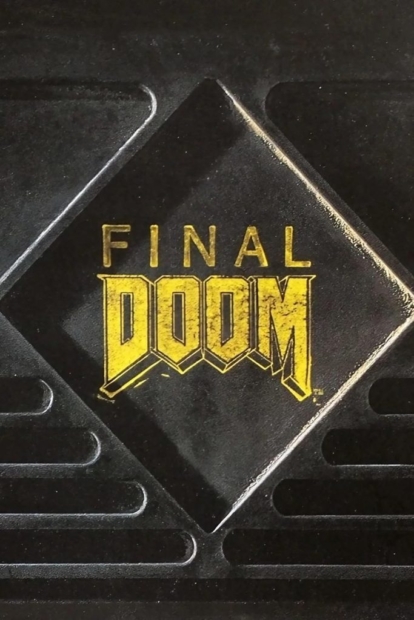
But id’s eyes were already on the next big thing: Quake. Starting in 1995, most of the team shifted their focus to developing this new series, which would redefine multiplayer gaming and 3D graphics. Still, the DOOM franchise wasn’t left to rot in a cyberdemon’s lair. Third-party developers, working under id’s supervision, kept the momentum going.
One of the most notable projects was Final Doom, released in 1996. Built on the Doom II engine, it featured 64 new levels split into two episodes: TNT: Evilution, created by the modding group TeamTNT, and The Plutonia Experiment, crafted by brothers Dario and Milo Casali. These levels were tough as nails and showed just how far fans could push the Doom formula.
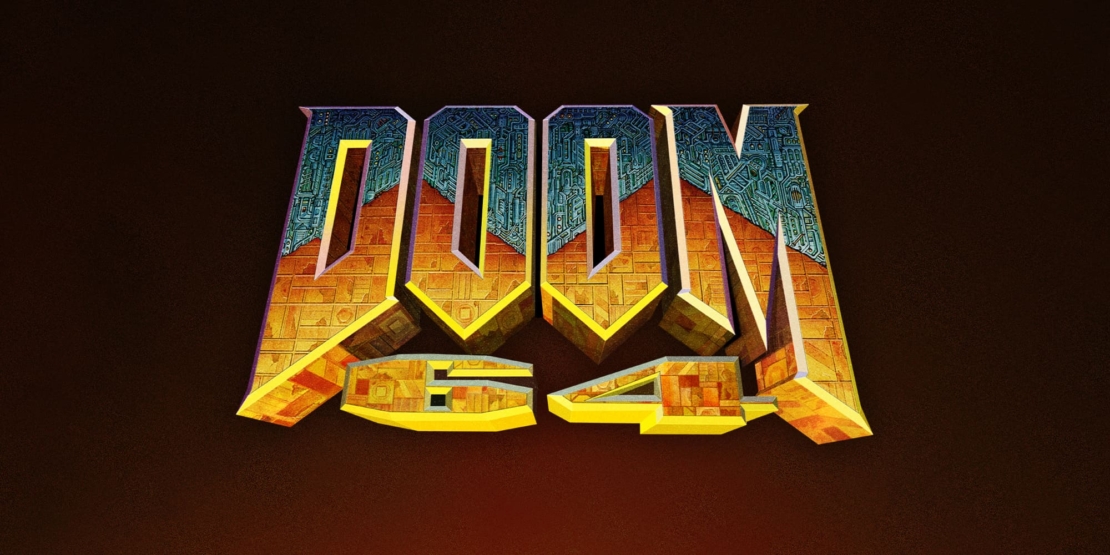
Then came DOOM 64 in 1997, developed by Midway Games. Though it shared the name, it used a new engine with bigger sprites, sharper textures, and dynamic level geometry. Gone was the heavy metal soundtrack—instead, it embraced an eerie ambient score that gave the game an atmosphere all its own. It was so distinct that id refused to let it be called DOOM 3, a name they were saving for a future flagship sequel.
Meanwhile, Quake Was Shaking Things Up
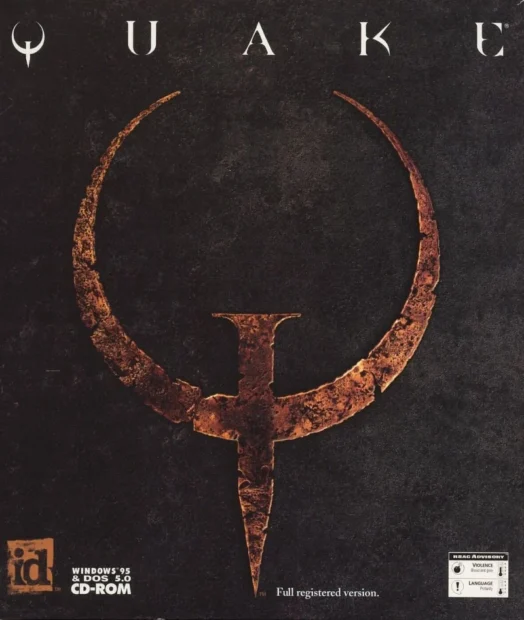
As the franchise expanded, id Software was breaking ground elsewhere. When Quake launched in 1996, it brought fully 3D environments, real-time lighting, and—most importantly—internet-based multiplayer. Deathmatches weren’t just LAN parties anymore; you could frag strangers across the globe. This was the real start of online FPS culture as we know it.
Shareware, Deathmatch, and the Dawn of Multiplayer Mayhem
Part of what made DOOM and Quake so successful wasn’t just the gameplay but their distribution. id pioneered the shareware model: give players the first chunk of the game for free, then let them pay for the full experience. It worked brilliantly. When DOOM first dropped on the University of Wisconsin servers, demand was so high that it crashed the entire system.
And then there was deathmatch. A now-legendary term coined by John Romero, it was inspired by the team’s love for arcade fighting games like Street Fighter II and Fatal Fury. During DOOM‘s development, they built elaborate trash-talking rituals and even smashed furniture during playtests. The result? A competitive multiplayer mode that would become a staple of online shooters forever.
Even the co-op mode was a progressive addition. John Carmack taught himself network coding from a book and implemented multiplayer in the final stretch of development. What began as a LAN-based curiosity would go on to define how people played shooters for decades.
DOOM 3 and the Road to Reboot (2000–2013)
By 2000, id Software had seen significant staff changes. John Romero was long gone, and new faces like former modder Tim Willits had stepped in. While the team initially worked on a new IP, excitement was low. What they really wanted was to bring DOOM back. Despite some internal shakeups, including the firing of Paul Steed, work on DOOM 3 began.
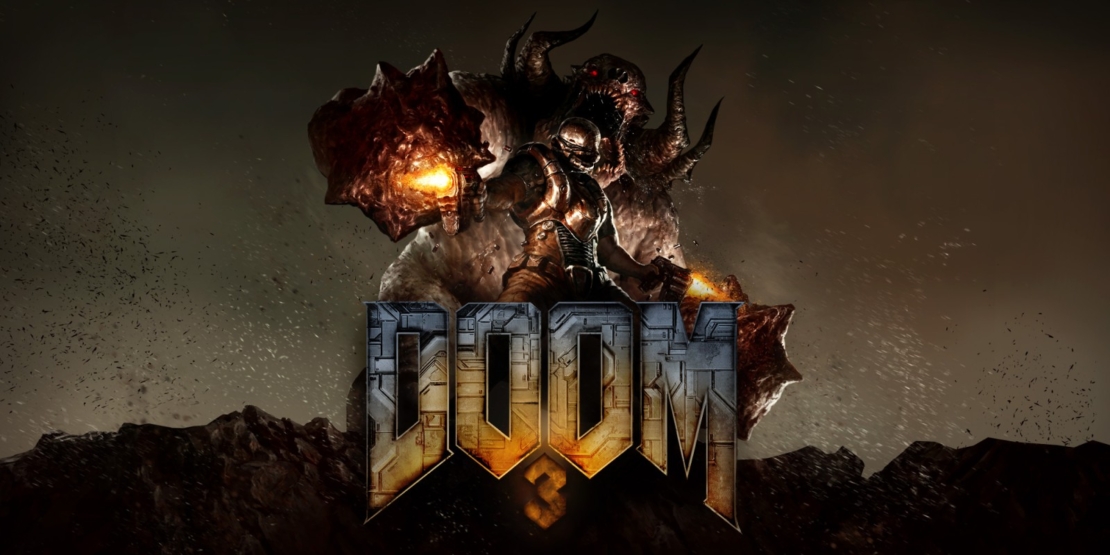
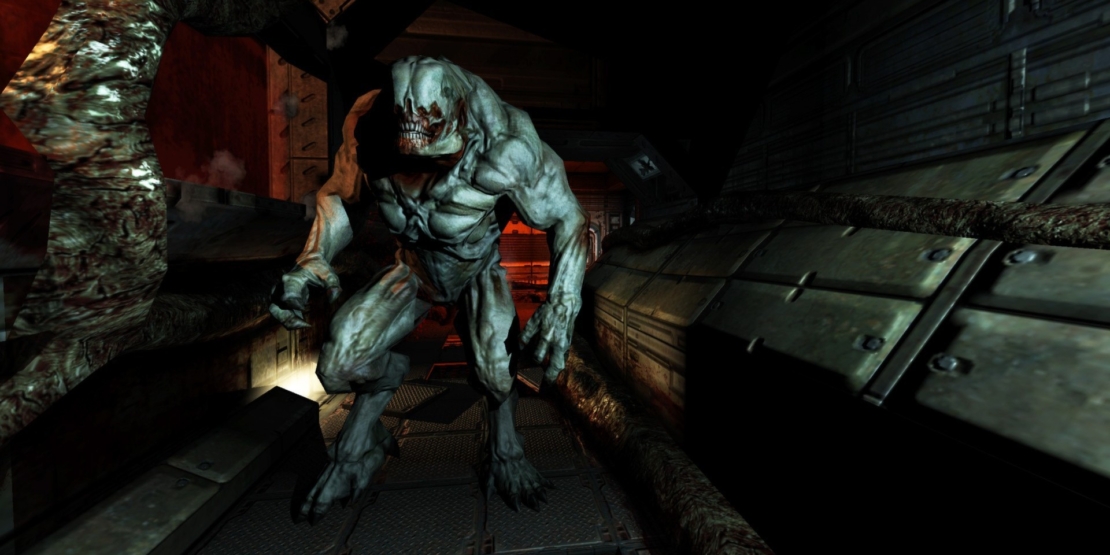
Unveiled in 2000 and built on the new id Tech 4 engine, DOOM 3 was a darker, more narrative-driven reboot. Its E3 2002 demo turned heads (and later leaked online), and the game launched in 2004 to strong interest. An expansion, Resurrection of Evil, followed in 2005, and the 2012 BFG Edition bundled everything with improved visuals and a new mini-campaign, The Lost Mission. A VR version was released in 2021.
DOOM 4: The Game That Never Was
Development on DOOM 4 started in the mid-2000s, aiming for a grittier, cinematic take on DOOM II. But when previews dropped, fans mocked it as “Call of Doom” for its generic military style. Bethesda later admitted it “wasn’t DOOM enough.” After Rage underperformed, ZeniMax rebooted the project, but internal clashes led to its cancellation in 2013. That same year, John Carmack—the last of the original DOOM team—left id.
RPG
Even as mainline development stalled, the franchise stayed alive through spin-offs like DOOM RPG and DOOM Resurrection. A new expansion, No Rest for the Living, was added to the 2010 DOOM II re-release and included in the BFG Edition. Though the future seemed uncertain, DOOM was far from done.
The Revival Era (2013–Present)
A New Beginning: DOOM (2016)

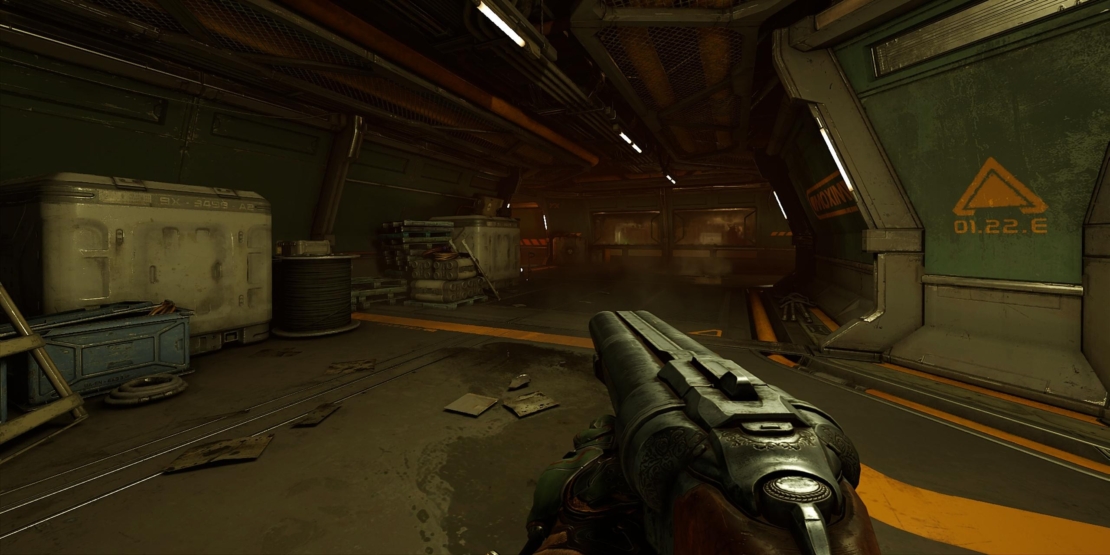
After Doom 4 was canceled in 2013, id Software reimagined the franchise from the ground up. The result was DOOM (2016)—a brutal, fast-paced shooter that brought the series back to its roots. Creative director Hugo Martin played a key role in shaping the game’s tone and direction, focusing on aggression-based combat, stylish glory kills, and modern movement mechanics like platforming and double jumps.
Into VR and Beyond
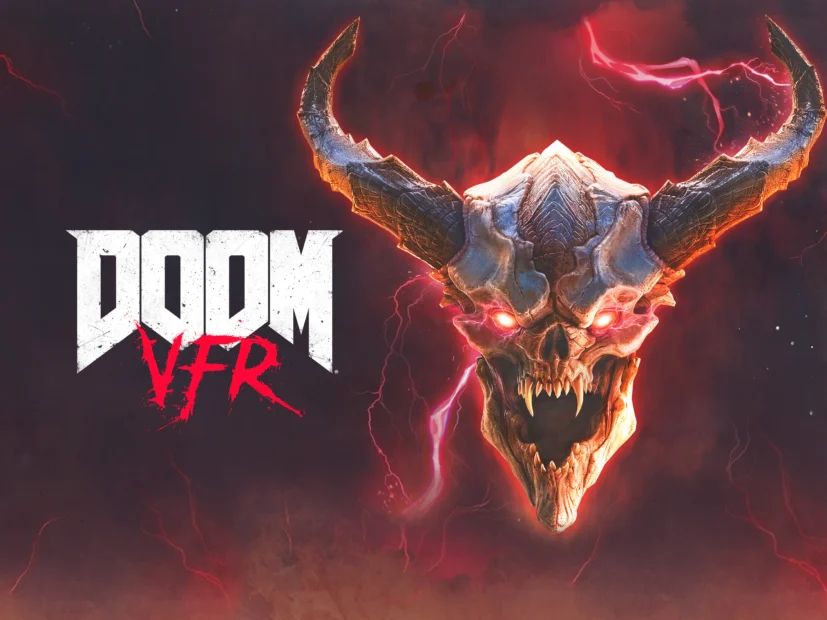
The franchise dipped into virtual reality with DOOM VFR in 2017. Built around the assets of the 2016 installment, this VR title offered a unique single-player experience that adapted the series’ frantic pace to a more immersive format.
That same year, Quake Champions introduced the Doom Slayer as a playable character, and co-creator John Romero unveiled Sigil—a fan-made fifth episode of the original DOOM. Released in 2019 (and later added officially to the console versions), Sigil featured Romero’s signature level design and a paid edition with a soundtrack by Buckethead.
DOOM Eternal and the Ancient Gods
DOOM Eternal launched in March 2020, developed in the new id Tech 7 engine, and quickly became a commercial and critical success. Earning over $450 million in its first year, the game built on everything fans loved about DOOM (2016) and added more depth, mobility, and intensity.

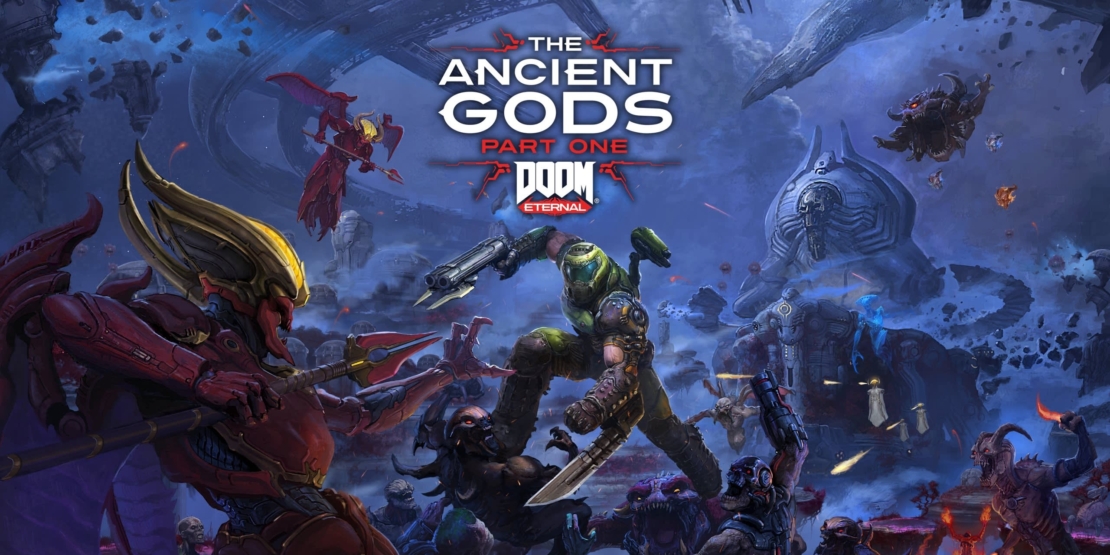
The story expanded through the Ancient Gods DLC, released in two parts between late 2020 and early 2021. These expansions concluded the narrative arc that began in 2016 while opening the door for future entries.
Sigil II and More
In 2023, Romero released Sigil II for DOOM II, his first level for the game since 1994. Just like the original Sigil, it was later added to the console versions of the first and second games as a free expansion.
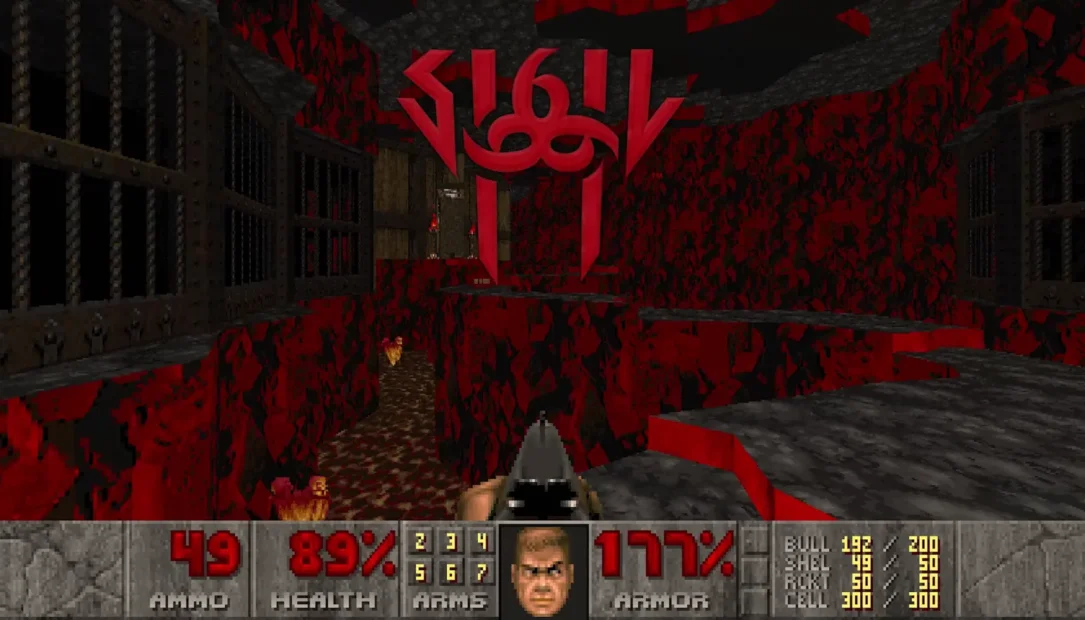
Romero also released a new standalone level, One Humanity, in 2022 to raise funds for Ukraine, demonstrating how this community continues to use its platform for more than just demon-slaying.
Spin-Offs
Mobile users got a taste of the franchise with Mighty DOOM (2023), a top-down arcade-style spin-off. Though it enjoyed a brief moment in the spotlight, it was shut down in August 2024 after Microsoft closed its developer, Alpha Dog Games.
Looking Ahead: DOOM’s Future
During a 2021 interview, Hugo Martin teased ideas for future titles, including time travel and a story set during the Doom Slayer’s time with the Sentinels. These concepts seemed to materialize in DOOM: The Dark Ages, announced during the 2024 Xbox Games Showcase.

Set in a dark medieval world, the game is a bold step into new territory and is scheduled to launch on May 15, 2025. It promises to deliver everything fans love—relentless action, killer music, and unforgettable moments—with a gritty, ancient twist.
You might also like:
